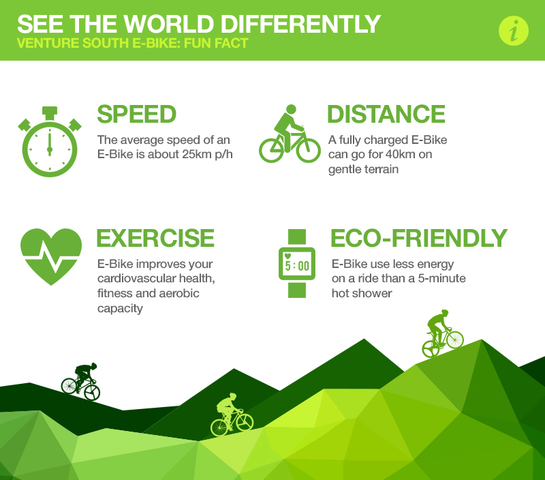Gain Understanding Of Regional Legislations To Ride Your E-Bike Securely And In Conformity With Policies
Gain Understanding Of Regional Legislations To Ride Your E-Bike Securely And In Conformity With Policies
Blog Article
Material Created By-Perkins Chang
Before you hop on your e-bike and hit the streets, it's essential to recognize the laws and policies that govern your city. From speed restrictions to marked riding locations, there's a great deal to think about to ensure you're certified and safe. By acquainting yourself with the guidelines specific to e-bikes, you'll be better outfitted to appreciate your rides with no unforeseen lawful issues. Keep tuned to discover key insights that will aid you navigate the e-bike landscape in your city perfectly.
Understanding E-Bike Category
When it concerns navigating the realm of e-bike laws and policies, a crucial starting factor is understanding the classification system that categorizes these electrical bicycles. E-bikes are commonly classified into three primary classifications: Class 1, Class 2, and Class 3.
Course 1 e-bikes are pedal-assist just, implying they provide assistance while the rider is pedaling and have a maximum speed of 20 mph. These bikes are allowed areas where traditional bicycles are permitted.
Course 2 e-bikes are geared up with a throttle that can push the bike without pedaling. They also have a maximum speed of 20 mph and are suitable for cyclists that may require assistance without pedaling constantly.
Course 3 e-bikes are similar to Course 1 yet with a higher maximum speed of 28 mph. These bikes are typically restricted from particular bike paths or trails due to their greater rates.
Comprehending e-scooters for adults is crucial for abiding by local laws and making sure a risk-free and delightful e-biking experience.
Browsing Speed Limits and Limitations
To successfully navigate e-bike regulations and guidelines, it's vital to understand the rate limits and limitations that apply to various classes of electrical bicycles.
Speed restrictions for e-bikes differ relying on the classification of the bike. Course 1 e-bikes, which are pedal-assist only and have a maximum speed of 20 mph, are normally enabled on bike lanes and courses.
Class 2 e-bikes, which have a throttle in addition to pedal-assist and also reach speeds of as much as 20 mph, might be restricted in specific areas where motorized vehicles aren't permitted.
more info -bikes, with pedal-assist as much as 28 mph, are normally required to adhere to the exact same rules as conventional bikes.
It is necessary to follow these rate limits and restrictions to guarantee your safety and security and the safety and security of others when traveling. Before riding your e-bike, familiarize on your own with the particular guidelines in your city to stay clear of any potential penalties or lawful issues.
Where to Adventure Your E-Bike
To figure out where you can ride your e-bike, it's vital to be aware of the laws and guidelines details to your location. In most locations, e-bikes are typically allowed on roads and streets where conventional bicycles are allowed. This might include bike lanes, bike courses, and shared highways. Nevertheless, it's critical to inspect local legislations as some cities might have particular constraints on where e-bikes can be ridden.
When riding your e-bike, constantly focus on security by adhering to web traffic regulations and appreciating pedestrian walkways. In addition, bear in mind any marked bike lanes or courses in your location and use them whenever possible to ensure a smoother and more secure experience.
Some cities additionally have regulations concerning e-bike use on pathways, so see to it to familiarize yourself with these regulations to avoid any type of fines or fines.
Conclusion
Now that you're familiar with the legislations and regulations surrounding e-bikes in your city, you can confidently hit the trail knowing where you can ride and what restrictions relate to your e-bike category. Remember to constantly prioritize safety and security and follow the rules to ensure a smooth and legal ride. Pleased riding!
